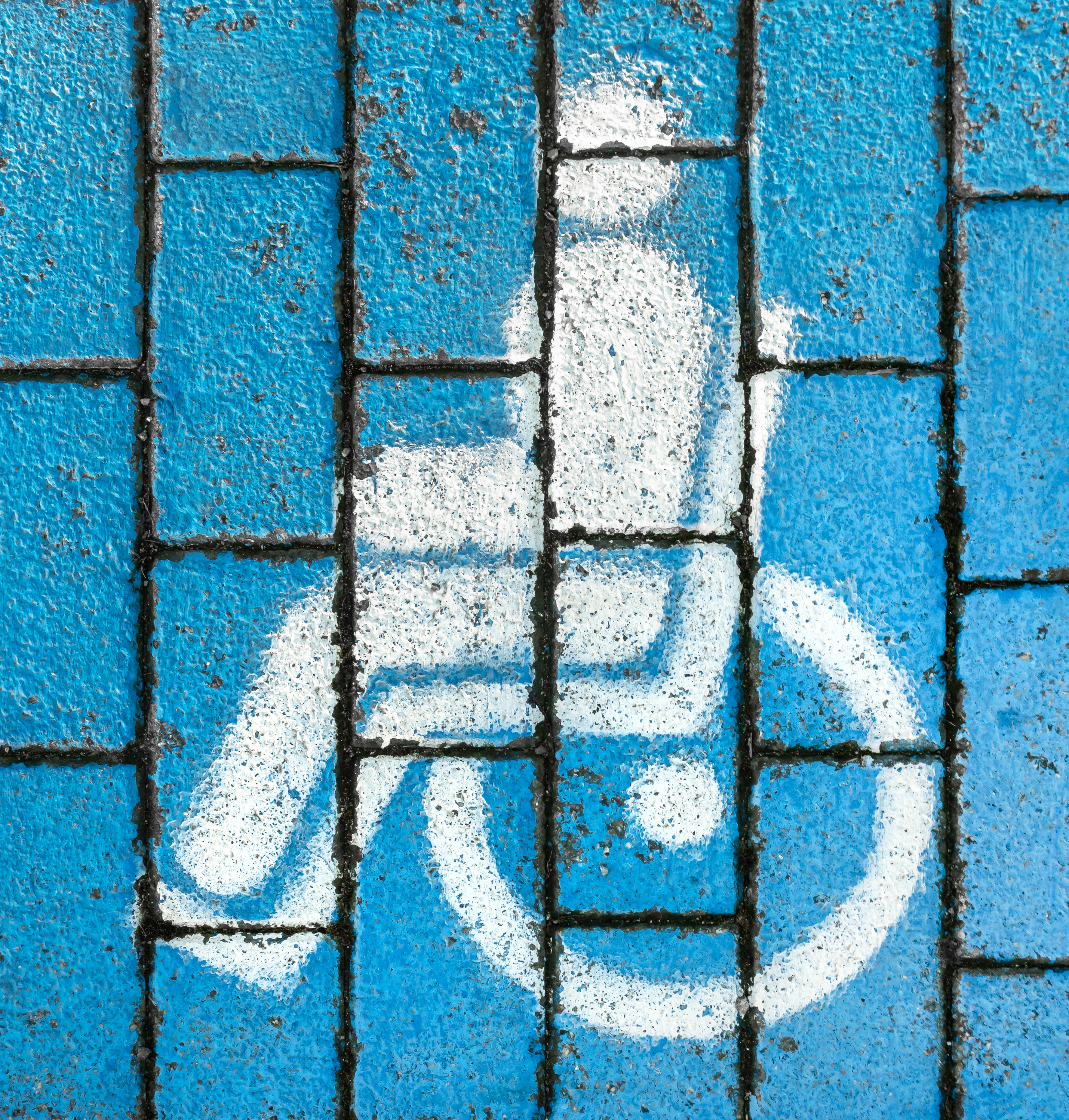Accessible medical equipment is extremely important in creating a healthcare system that includes everyone. This means that doctors' offices must ensure that everyone, no matter their physical condition, can get the care they need. Therefore, making healthcare accessible to all means not just following the law but also doing what's right to help people with disabilities stay healthy.
However, there are many barriers that exist within healthcare facilities that significantly impact medical equipment ability in doctors' offices. Accessible medical equipment in doctors’ offices is not just a nicety, but an absolute necessity. There are some legal frameworks and guidelines that make accessible medical equipment a necessity.
Legal Framework and Guidelines
Americans with Disabilities Act (ADA)
The ADA sets forth the necessity for public spaces, including healthcare facilities, to accommodate individuals with disabilities. This legal mandate underscores the importance of eliminating discrimination and ensuring equal access to healthcare services.
Rehabilitation Act’s Section 504
This act similarly prohibits discrimination based on disability in any program or activity receiving Federal financial assistance. It supports the principle that healthcare services should be universally accessible.
Affordable Care Act and Accessibility Standards
Under the Affordable Care Act, the U.S. Access Board issued standards in 2017 for medical diagnostic equipment to guide healthcare facilities in choosing accessible equipment. Despite their non-mandatory status, these standards are crucial in making healthcare settings inclusive.

Healthcare Accessibility Challenges
Physical Barriers
The deficiency in basic medical equipment that accommodates disabilities, such as height-adjustable examination tables and accessible weight scales, is a major obstacle in healthcare accessibility issues. A shocking statistic from California revealed that fewer than 10% of primary care clinics had accessible exam tables, which tells the magnitude of this issue.
Risk of Delayed or Avoided Care
The difficult experiences of individuals with disabilities in accessing appropriate care can lead to avoidance or delay in seeking necessary medical assistance. This not only endangers their health further but highlights a breach in achieving medical ethics principles and equality.
The Path Forward
Implementing MDE Standards
Adoption of the Medical Diagnostic Equipment (MDE) is vital for healthcare facilities to address the diverse needs of their patients. These standards focus on making key pieces of medical equipment, such as mammography machines, examination chairs for dental and optical care, and other critical diagnostic tools, accessible to individuals with disabilities.
When healthcare providers provide accessible equipment, it means they actively address health disparities and contribute to a system where preventive care and early intervention are available to everyone.
Compliance and Enhancement of Facilities
For healthcare facilities, meeting legal requirements for accessibility should be considered the baseline. True inclusivity involves a proactive approach to accessibility, which includes updating older facilities with modern, accessible medical equipment. Retrofitting existing buildings might involve installing height-adjustable examination tables, accessible mammogram machines, or ensuring that entryways and patient rooms can accommodate wheelchairs.
In addition to updating current facilities, incorporating accessibility into the initial design, healthcare providers can avoid the need for costly retrofits in the future. This approach not only improves patient satisfaction and care outcomes but also fosters a culture of respect and inclusivity within the healthcare community.
The availability of accessible medical equipment in healthcare settings is a step towards building a more inclusive and equitable place. When healthcare providers prioritize accessibility, they address the diverse needs of all patients, so that individuals receive proper care and treatment. This commitment to accessibility strengthens the overall healthcare system.
The path towards a fully inclusive healthcare system requires ongoing effort and dedication from all stakeholders. By actively working to eliminate barriers, healthcare facilities can ensure that everyone has access to the care and services they need. It's a collective responsibility to uphold the rights of all individuals, and accessible medical equipment plays a fundamental role in achieving this goal.



